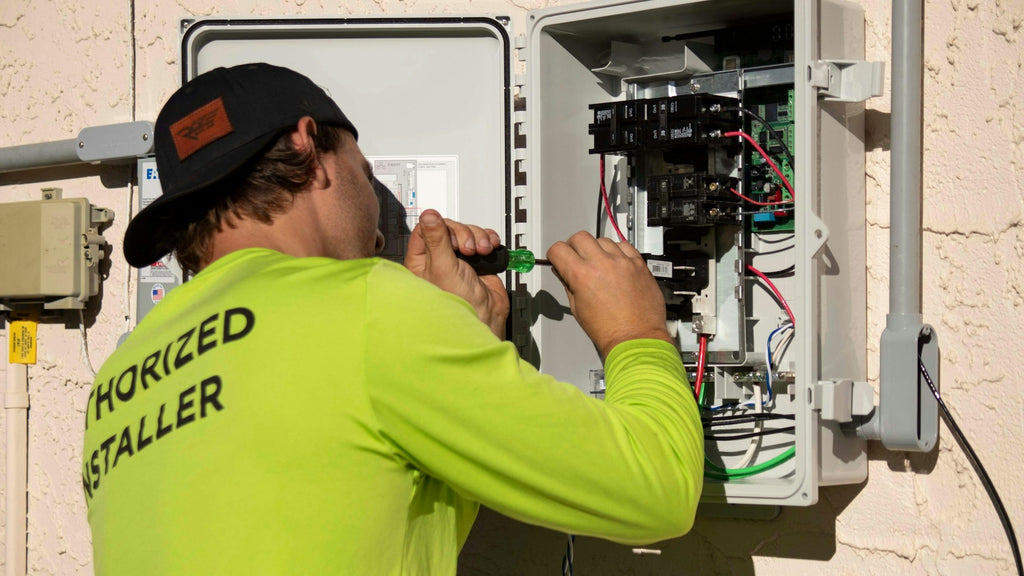Solar inverters are essential components of photovoltaic systems, converting the direct current (DC) generated by solar panels into alternating current (AC) for household use. However, like any technology, they can encounter issues. This article will explore how to troubleshoot 8 common solar inverter issues quickly, ensuring your solar energy system operates efficiently.

Understanding Common Solar Inverter Problems
When dealing with solar inverters, it is crucial to recognize the signs of malfunction. Here are some common issues you may encounter:
- Inverter Not Turning On: This could be due to a power supply issue or a blown fuse.
- Low Power Output: Factors such as shading, dirt on panels, or inverter settings may cause this.
- Overheating: Inverters can overheat if they are installed in poorly ventilated areas.
- Error Codes: Most inverters display error codes that can help identify specific issues.
- Frequent Disconnects: This may indicate communication issues between the inverter and the solar panels.
- Noise from the Inverter: Unusual sounds may suggest internal problems.
- Inverter Display Issues: A malfunctioning display can hinder your ability to monitor performance.
- Battery Issues: If your system includes batteries, they may also cause problems if not functioning correctly.
How to Troubleshoot 8 Common Solar Inverter Issues Quickly
Now that we have identified common problems, let’s delve into how to troubleshoot 8 common solar inverter issues quickly.
- Check Power Supply: Ensure that the inverter is receiving power. Inspect the circuit breaker and fuses.
- Inspect Solar Panels: Look for shading, dirt, or damage that could affect performance.
- Monitor Temperature: Ensure the inverter is in a well-ventilated area to prevent overheating.
- Read Error Codes: Consult the inverter manual to decode any error messages displayed.
- Examine Connections: Check all wiring and connections for any signs of wear or damage.
- Listen for Unusual Noises: If you hear strange sounds, consider contacting a professional.
- Check Display Functionality: If the display is not working, reset the inverter or consult the manual.
- Inspect Batteries: If applicable, ensure batteries are charged and functioning correctly.
When to Seek Professional Help
While many issues can be resolved with basic troubleshooting, some situations may require professional assistance. If you are unsure about any step or if the problem persists, it is advisable to contact a qualified technician. They can provide expert guidance and ensure your system is safe and efficient.
Conclusion
Understanding how to troubleshoot 8 common solar inverter issues quickly can save you time and money. Regular maintenance and prompt attention to problems will enhance the longevity and efficiency of your solar energy system. For more detailed guidance, visit our  .
.








